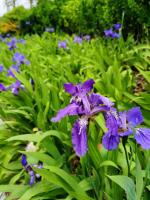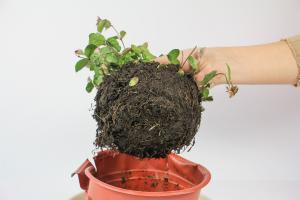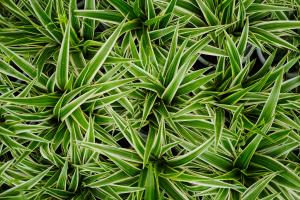Introduction
Standing water is a permanent or temporary accumulation of water that doesn’t flow. It can be found in swamps, marshes, bogs, fens, and other wetland areas. While most plants need well-drained soil to thrive, some species have adapted to grow in standing water. In this article, we will discuss what plants grow well in standing water and what benefits they provide to the ecosystem.
Plants that thrive in standing water
1. Cattails are common in wetlands and can grow in standing water up to 2 feet deep. They have long, narrow leaves and tall brown flower spikes that attract birds and other wildlife. Cattails help stabilize the soil and filter pollutants from the water.
2. Water lilies are aquatic plants that grow in still or slow-moving water. They have floating leaves and beautiful flowers in shades of white, pink, yellow, and blue. Water lilies provide shade and shelter for fish, frogs, and other aquatic animals.
3. Duckweed is a tiny aquatic plant that floats on the surface of the water. It reproduces quickly and can cover large areas of still water. Although it is often considered a nuisance, duckweed provides food and habitat for insects, small fish, and other aquatic creatures.
4. Swamp milkweed is a perennial plant that can grow in shallow water up to 2 inches deep. It has pink or purple flowers that attract butterflies and other pollinators. Swamp milkweed is also a host plant for monarch butterflies.
Benefits of plants that grow in standing water
The plants that grow in standing water provide many benefits to the ecosystem, including:
1. Removing excess nutrients and pollutants from the water, improving water quality and clarity.
2. Providing food and shelter for fish, birds, insects, and other wildlife.
3. Stabilizing the soil and preventing erosion.
4. Maintaining the balance of the ecosystem and preventing invasive species from taking over.
Conclusion
Plants that grow in standing water play an important role in maintaining the health and balance of wetland ecosystems. Cattails, water lilies, duckweed, and swamp milkweed are just a few examples of the many species that have adapted to thrive in this unique environment. By protecting and preserving wetland habitats, we can ensure that these plants and the wildlife that depend on them continue to thrive for generations to come.

 how many times do yo...
how many times do yo... how many planted tre...
how many planted tre... how many pine trees ...
how many pine trees ... how many pecan trees...
how many pecan trees... how many plants comp...
how many plants comp... how many plants can ...
how many plants can ... how many plants and ...
how many plants and ... how many pepper plan...
how many pepper plan...






























